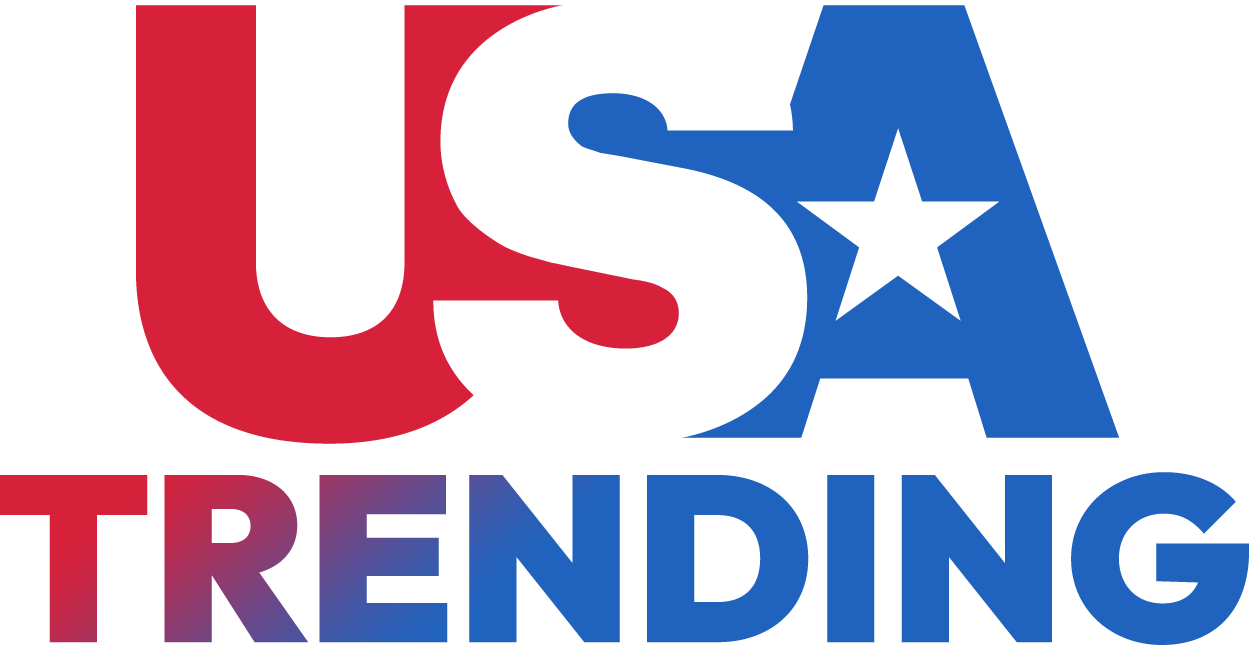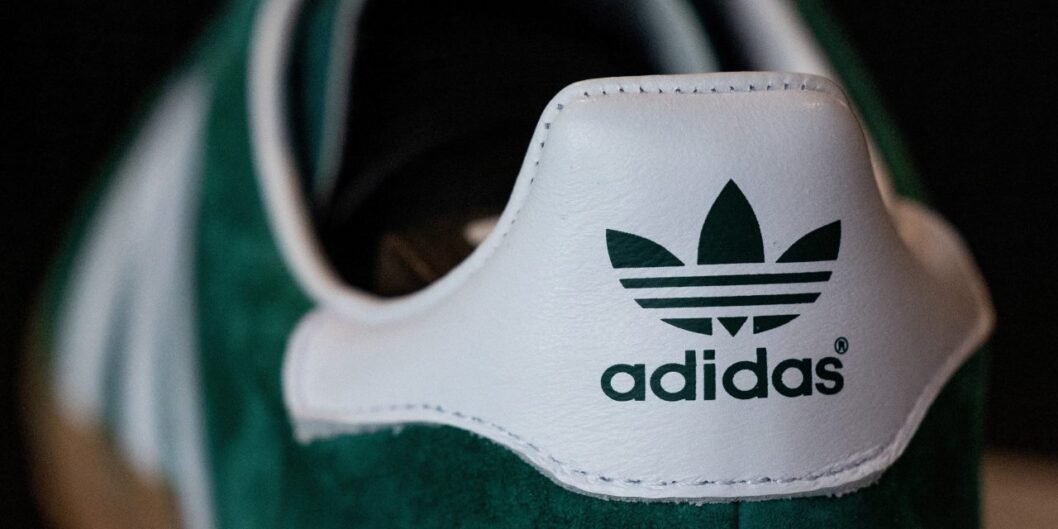Adidas Aims for Recovery Amidst Competitive Landscape
In a bold move to regain momentum in the highly competitive sports apparel market, Adidas has set ambitious goals for sales growth and market-share gains in 2024. This strategy comes at a time when rival Nike is also working to improve its own brand image and sales, highlighting the fierce competition in the industry.
Leadership Changes and Strategic Shifts
Adidas has initiated a significant transformation under the leadership of Bjorn Gulden, who took over as CEO in January 2023. Gulden’s approach has included a comprehensive reevaluation of the company’s brand positioning and a focus on clearing out excess inventory that had accumulated in previous quarters. This strategic pivot seems to be paying off, as Adidas reported double-digit sales growth in both North America and the Asia-Pacific region in the fourth quarter of the previous year.
The company’s renewed focus is echoed in Gulden’s statements about the future. He emphasized a commitment to strengthening the brand’s identity and appealing more directly to its core customers. "We are restoring our connection to the athletes and the culture that defines us," Gulden said during a recent press conference.
Evolving Market Dynamics
The backdrop to Adidas’s comeback initiative involves significant changes in consumer preferences and market dynamics. Both Adidas and Nike have faced challenges, including shifts toward sustainability and ethical production, as well as the ongoing effects of global economic uncertainty.
According to market analysts, the sporting goods sector remains resilient, but players must navigate evolving trends to maintain relevance. “Consumers today are looking for brands that not only deliver quality and performance but also align with their values,” says Richard Winther, a retail analyst at MarketInsights.
Financial Performance and Competitive Challenges
As part of its restructuring, Adidas aims not only to improve sales figures but also to reclaim market share lost to competitors. Despite a 2.06% decrease in stock value recently, the company’s strong performance towards the end of last year suggests potential for recovery. Meanwhile, Nike reported a 0.54% increase in its stock value, further intensifying the rivalry between the two brands.
While Adidas has begun to show signs of recovery, challenges remain. Analysts caution that the current competitive environment is not just about sales but also innovation and brand loyalty. “Adidas has a lot of catching up to do, but if they can strengthen their brand narrative and connect with consumers, they might just turn the tide,” noted Winther.
Conclusion: The Road Ahead for Adidas
Adidas’s commitment to transformation signifies a key moment in its corporate journey. The ambition to enhance brand appeal and elevate sales is vital not only for improving financial metrics but also for securing a more influential position in a cutthroat market. As the industry continues to evolve, observers will be watching closely to see if Adidas can maintain its momentum and successfully navigate the complexities of modern consumer expectations while contending with established rival Nike. The implications of this strategic pivot extend beyond numbers, as they may redefine brand identities and consumer relationships in the sporting goods landscape in 2024 and beyond.









